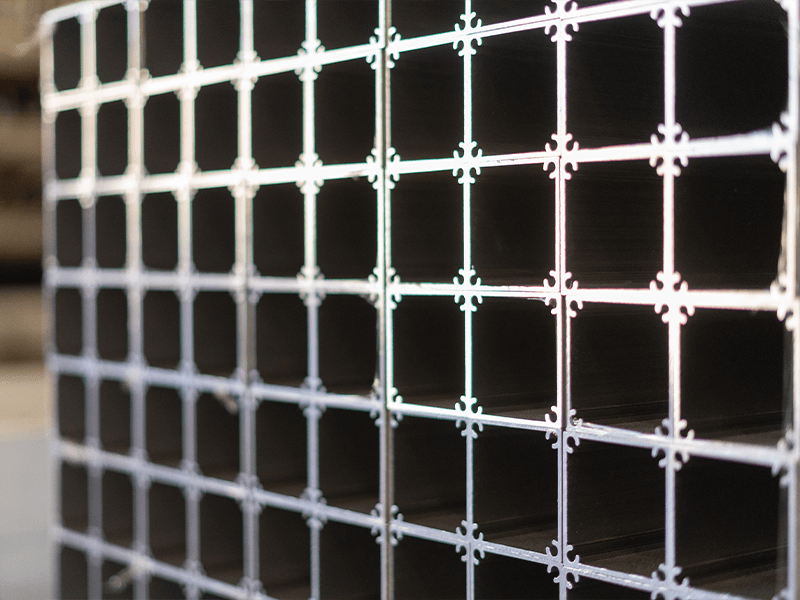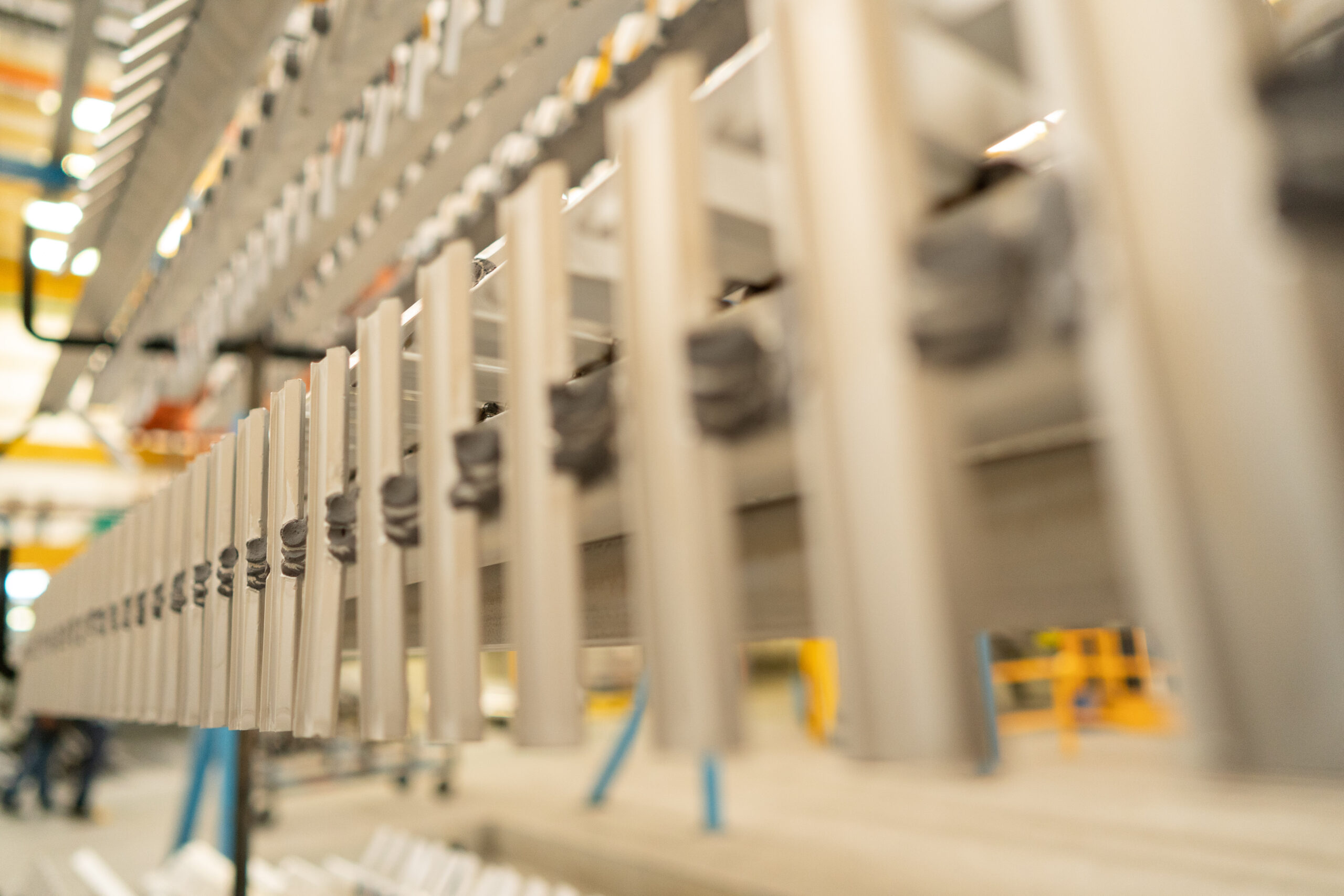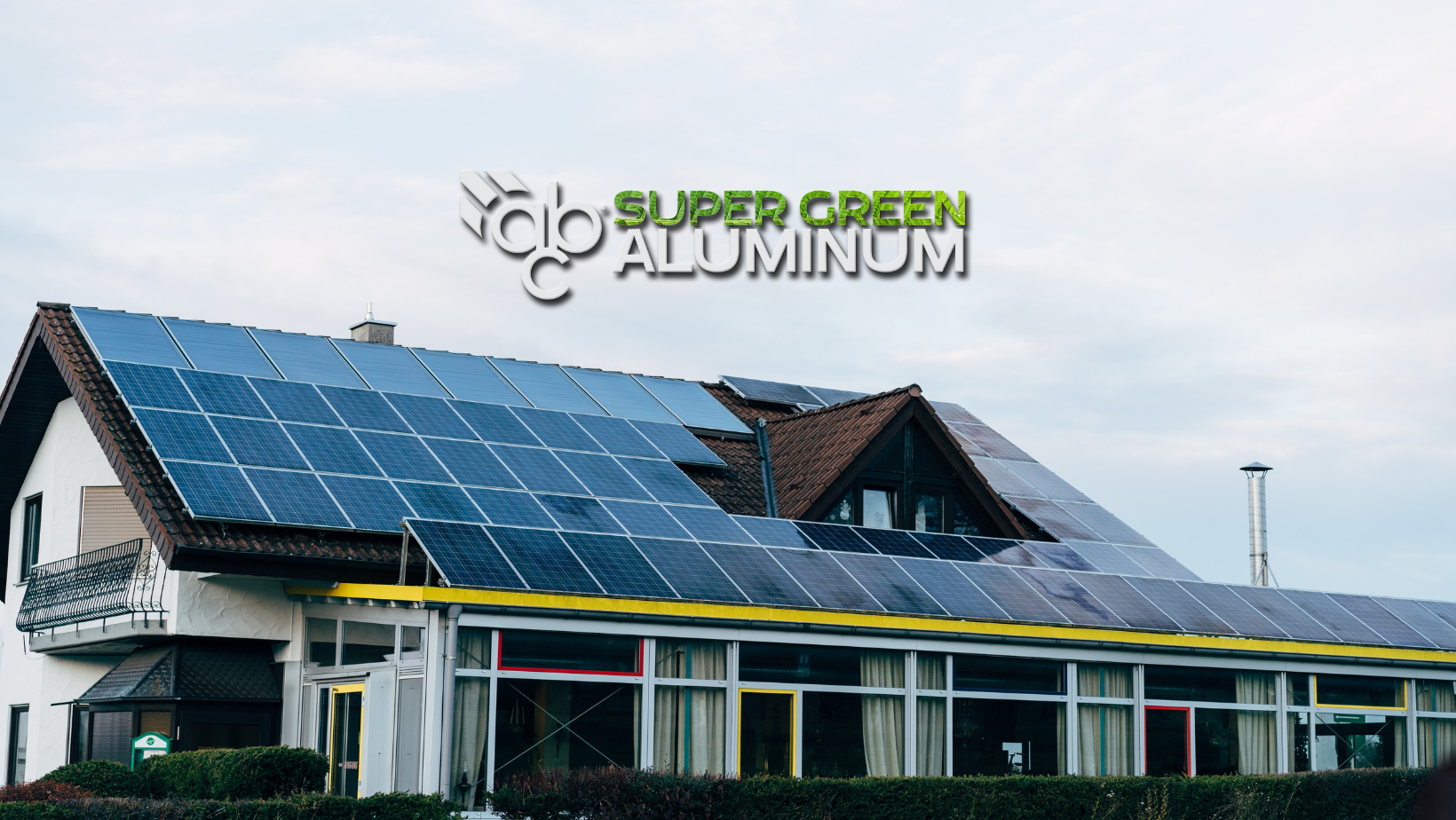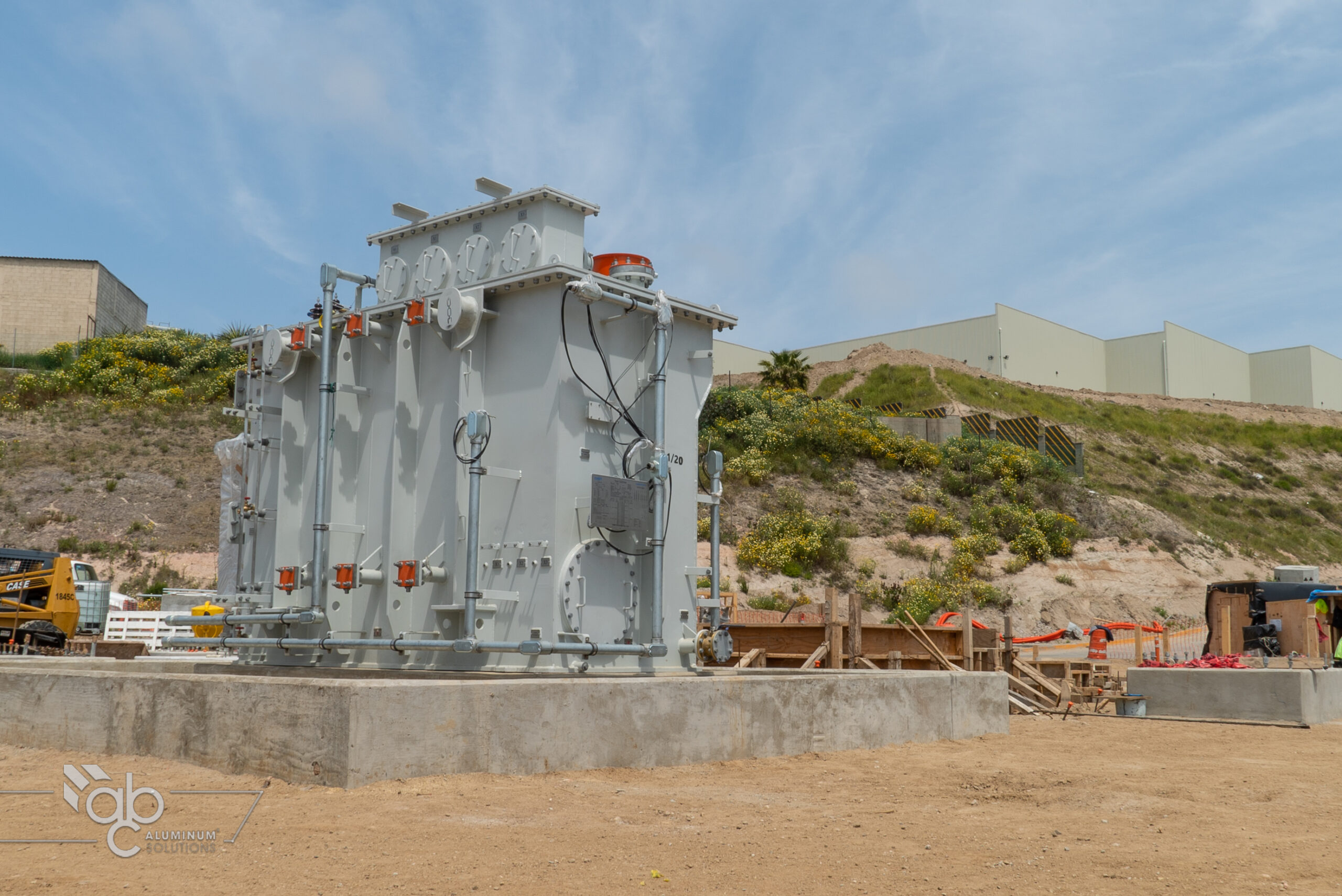Extrusion profiles have many types of aluminium extrusion procedures, accommodating into different types of industries. The variety of solutions and alternatives to adapt the material to the requirements of any application, will give every project the necessary advantages that it needs.
What is extrusion and how to adapt it to your operational logistics?
We know very well that in the material industry, be it plastic, aluminum, among others, there are different needs for each product. For these types of situations, which are very common, there are a variety of solutions and alternatives to adapt the material to the requirements of any application.
In every aluminum factory there are extrusion services to optimize an idea and make it come true, as the type of client requests it.
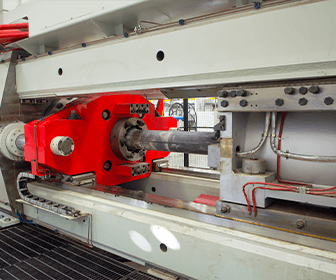
Extrusion is a process where objects or applications with defined or fixed cross sections are generated. This means that a molding of the material is carried out, by a continuous flow of push or pressure, giving shape to the corresponding application.
This type of process requires accuracy and quality, using different types of machinery, for each style of application. We can define that the extrusion ratio is the cross-sectional area of the starting material divided by the cross-sectional area of the material at the end of extrusion.
Types of extrusion
There is a wide range in the field of extrusion of materials, this in order to adapt and optimize all types of application, complying with each quality requirement that the client requests. At the same type providing greater components to the material for its durability.
- Direct extrusion:
This type of extrusion, also known as front extrusion, is a very general process, which is worked with the bar of material in a reinforced container, pushing the piece through the die by a screw or ram. Turning into a thin bar and applying force until the end of the process.
- Indirect extrusion:
It is known as delayed extrusion where the bar and the container move at the same time while the die is static and placed on a support that must have the same measurements as the container, eliminating all types of friction.
- Hydrostatic extrusion:
Here the bar is completely surrounded by a liquid under pressure, allowing it to be carried out hot, warm or cold, limiting the temperature due to the stability of the fluid used.
Ways to differentiate aluminium extrusion profiles
There are ways to differentiate the type of work that you need: by type of aluminium series, surface finish, and end use. The main base line to be able to cover the necessities of each project resides on determining all, such as: type of profile, surface finish, industry of usage, temperature of extrusion, etc.
Type of profiles:
- Thickness
- Intricate void space
- Internal void space
- Weight requirements
Types of surface:
The finishes that can be left on the aluminium can be: anodization, powder coating or paint, and polish. These treatments can give a higher improvement to the material, such as:
- Corrosion resistance
- Improved hardness
- Electrical insulation
Industry usage:
Construction, architectural, and industrial purposes.
Temperature of extrusion:
Cold, Hot, Micr, and Friction
Variety within the solution for your application
In short, the size, shape, alloy, extrusion ratio, tongue ratio, tolerance, finish, and scrap ratio are important interconnected components, all to obtain a proper extrusion process, determining the speed, temperature, extrusion pressure, and alloy needed for the request needed for a project. The variety in the solution is a way to achieve your project’s needs.
